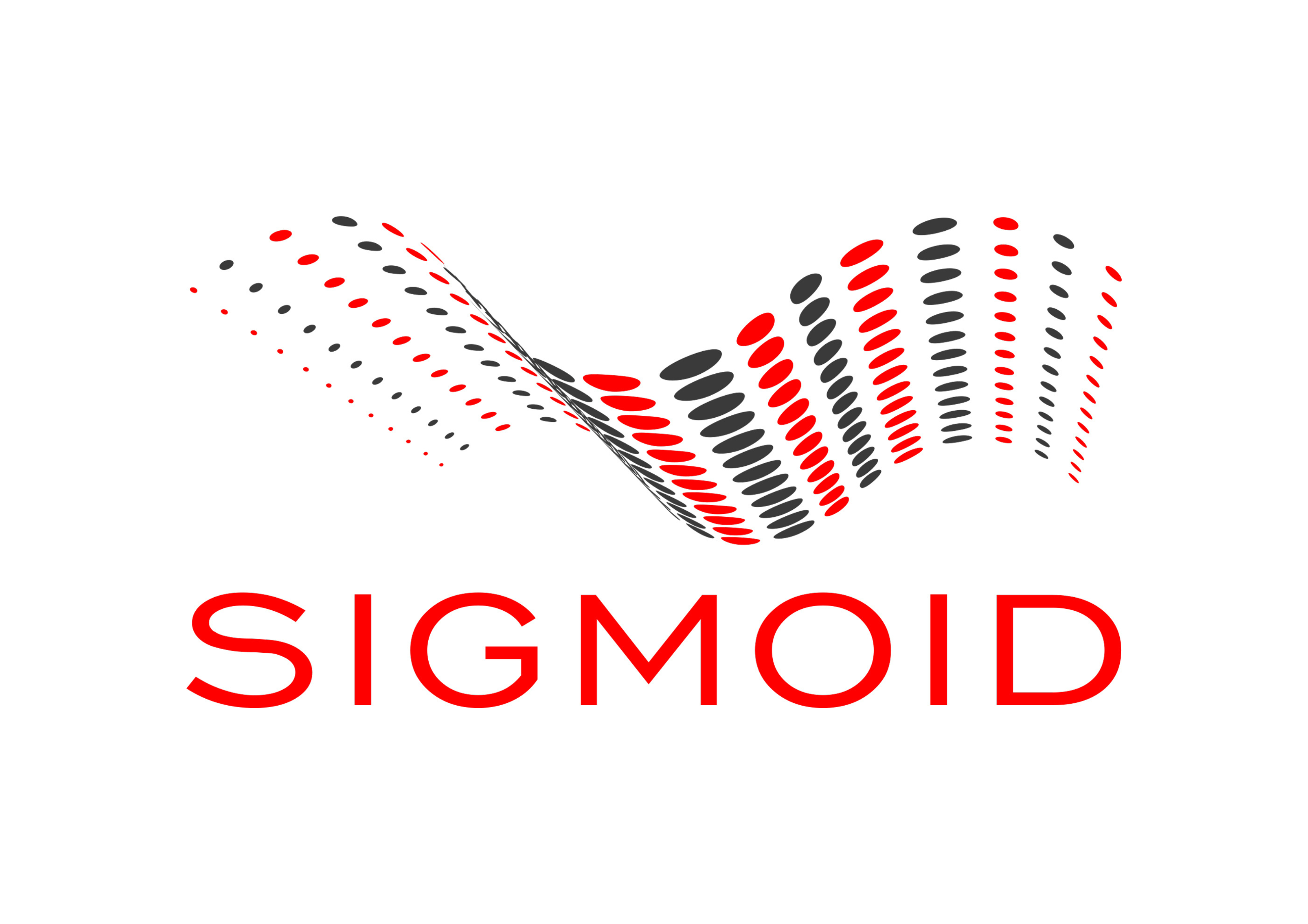
Sigmoid
View Brand PublisherHow Generative AI can help your business thrive in the digital economy
Generative AI is the next pivotal point for productivity and efficiency. Understand how generative AI works and how you can use these models to unlock the power of your data and accelerate your business.
Generative AI's exponential rise can be compared to the launch of the internet, smartphones, and social media. From generating human-like text and creative content to assisting in complex decision-making, generative AI drives a paradigm shift in how businesses operate. According to a recent KPMG survey, 77% of business executives globally expect generative AI to have the largest impact on their businesses out of all emerging technologies. Market leaders are already leveraging generative AI to improve business operations and capabilities. For example, Coca-Cola is engaging digital artists to produce generative AI-powered creative content with elements of their branding.
The adoption of generative AI can deliver tangible business value:
1. Efficiency: Generative AI operates with minimal human oversight and expenses. Processes become streamlined and optimised so that resources (both time and computational) are used to their maximum potential.
2. Data-driven insights: By leveraging insights and predictions from generative AI, complemented with a robust data strategy, enterprises can make informed decisions, resulting in improved outcomes and strategic advantages.
3. Customer engagement: Through personalised content and experiences, businesses can enhance customer satisfaction and loyalty. Generative AI assists in gaining deeper insights into customer needs.
4. Innovation: Generative AI fosters innovation by generating novel ideas, and aiding in brainstorming sessions, creative content creation, and product development initiatives.
Aleksandar Lazarevic, Consulting Partner for Generative AI at Sigmoid, a leading data engineering and AI consulting firm, says, “Advances in generative AI models are driving our customers to increase their AI investments over the next three years significantly. We are helping organisations integrate generative AI into their digital transformation strategies.”
How does generative AI work in an enterprise context?
Generative AI models built using deep learning techniques are trained on large datasets from where they learn the underlying patterns and structures. These models are of two types: off-the-shelf and custom-trained. Off-the-shelf models come pre-trained on vast datasets, allowing users to tap into their generative capabilities without building and training models from scratch. User-friendly interfaces make them accessible to everyone. Businesses that want a custom AI can pick a ‘foundational model’ like ChatGPT-4 and feed it proprietary data to train it to be business-specific.
The best option for an organisation depends on its business needs, resources, and technical capabilities. Off-the-shelf models may be an ideal option if speed, cost, and ease of use are top concerns. If customisation, control, and bias mitigation are important, then custom-trained models might perform better.
Rahul Singh, Chief Analytics Officer and Co-founder at Sigmoid, says, “The true value of generative AI can be garnered by identifying the problems where it can bring about a transformation for the client's business. The capability differentiation among the generative AI service providers is the talent that has developed knowledge and an applied sense of the allied technologies.”
How to get started with generative AI?
While generative AI holds immense promise, its integration is a journey, not a sprint. The key to success lies in adopting a use-case driven approach, which focuses on your company’s problems and how generative AI can solve them.

1. Technology stack: Make sure your existing technology infrastructure can support the demands of AI models and data processing.
2. Model selection: Choose a suitable generative AI model for your specific objectives depending on the AI readiness of your organisation.
3. Team: Form an interdisciplinary team of experts in AI, data science, and industry expertise to ensure your generative AI is a success.
4. Data: High-quality, relevant data fuels generative AI success. Invest in data ingestion and building efficient data pipelines to ensure the data engine runs smoothly.
You can start by listing out the potential use cases for generative AI and prioritise them for development based on the value at stake for your organisation. Subsequently, assess the risk involved, and the feasibility of deployment, including technical and operational complexity, change management required, and cost. Depending on your use case and desired timelines, investing in external service providers to get your teams up and running faster may be advantageous, particularly given the competitive labour market for expert profiles in this field.
”We are a trusted partner to the world's most ambitious AI/ML teams, working to solve critical business problems. With a highly skilled AI talent pool, we help businesses deploy generative AI applications faster by providing a secure and scalable infrastructure with an efficient data engine,” Singh said.
Sigmoid is enabling seamless generative AI adoption
Challenges in the adoption of generative AI range from technical issues like the need for computational power at scale, and availability of high-quality data, to ethical considerations including algorithmic bias and intellectual property rights. Generative models require vast volumes of diverse and unbiased data for training. Real-time applications of generative AI suffer from latency due to the complex computations involved.
“By addressing the challenges like data privacy, limited availability of skilled AI professionals, and bias in ML models, we are helping enterprises scale their generative AI initiatives and deliver tangible ROI,” Lazarevic said.
Sigmoid is helping enterprises in full-scale implementation of generative AI across the value chain. Its suite of generative AI solutions and accelerators have shown results in real-world scenarios. Early adopters are experiencing improved productivity, reduced costs, and new growth opportunities.
A leading healthcare company was able to identify emerging consumer trends from social sentiments using a generative AI semantic search tool resulting in faster time-to-market. In another case, Sigmoid’s generative AI solution helped a consumer goods company create personalised advertising on the fly, enabling faster campaign execution and higher customer conversions.
Enterprises that fully embrace generative AI will be better positioned to thrive and lead in the digital economy.







